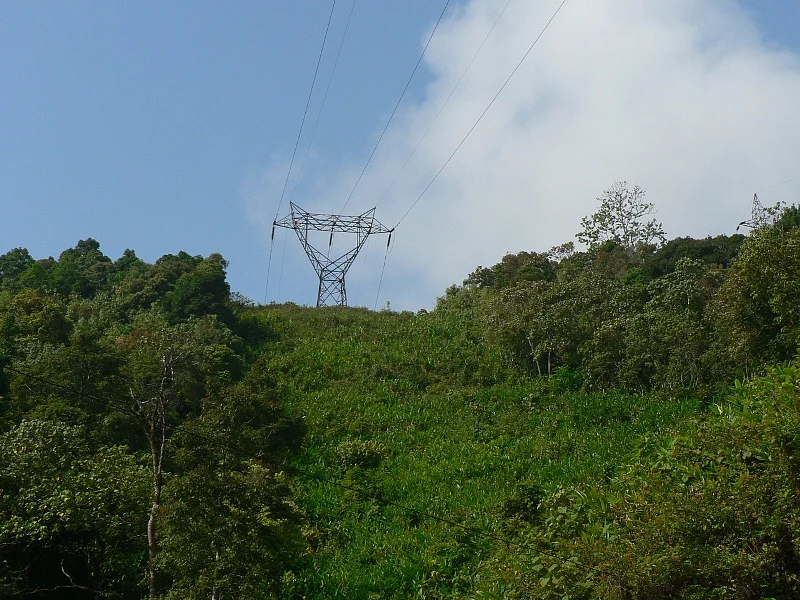Life in the treetops and undergrowth in rainforest remnants
The animal life of the Western Ghats rainforests is rich and unique, with hundreds of vertebrate and thousands of invertebrate species, including a large fraction found only in the region. Even when continuous forests are reduced to fragments, they act as refuges and animal corridors and need to be conserved.
Effects of forest fragmentation
Many animals of the Western Ghats, such as the endemic primates lion-tailed macaque and Nilgiri langur, are mainly found in the tropical rainforest habitat. Besides occurring in continuous forests within protected areas, many species in the Western Ghats have significant populations in rainforest fragments outside protected areas, such as within tea and coffee plantations. Over the years, we have tried to understand how forest fragmentation affects various animal groups in the Anamalai hills. This includes:
- diurnal larger mammals, such as deer, squirrels, and primates
- small mammals and carnivores, many of which are nocturnal
- bats
- birds
- spiders
Our research has shown that fragments continue to play an important role as refuges for many species, besides acting as animal corridors. Even small fragments have conservation value, as persistence of many species is related to availability of suitable habitat or resources, rather than just the size of remnant. This suggests the need to also target fragments for protection and ecological restoration in order to expand conservation into wider landscapes.





